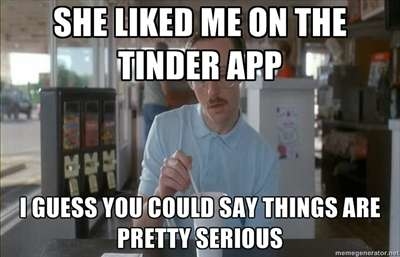If you ask most people what they think about Tinder the response will probably be a long and passionate rant. It’s shallow, superficial, sleazy, addictive, and possibly even dangerous! Not to mention its promotion of promiscuity and bad influence on our morals and values. But there’s one problem with the argument that Tinder is “bad for us”: if Tinder is so dangerous, and if it is actually responsible for every societal ill from global warming to the Kardashians, why are so many people in the tech dating—and even non-dating—spaces copying it?
For an app that’s so universally criticized, Tinder sure does have a ton of fans, among those the developers who have shamelessly copied its most successful ingredient: the swipe left or right feature. By far the biggest innovation in application features nowadays. Tinder has often been accused of making the digital dating space a game, turning the traditionally awkward and stigmatised situation of meeting someone online into an activity as fun and breezy as playing Candy Crush on your phone. Some other applications have borrowed the swipe left or right interface because it encourages lightweight decisions. What is really remarkable is that the successful design that encourages “fun and fast” decision-making for a casual hookup-app, is becoming the happy-go-lucky, carefree, swipe-right-swipe left model for standard digital marketing spaces and any other kind of application out there.

But we are currently at a point in where Tinder has such a large influence on the “new” way of making applications, that it is almost impossible for a competitor to establish itself in the market without copying some of its design features or marketing it in a similar fashion. It is hindering designer creativity and even blocking our own perspective on how we make decisions. If everything is as easy as swiping left and right, do we still feel the need to stop and think when decision making gets tougher or do we rapidly choose for the easier way out? I will leave that to the experts on social media to find out, but it is definitely something to be aware of.
Getting back to Tinder, the question now has less to do with whether Tinder has permanently changed the landscape of application designs and more to do with where we go from here. We are learning so much about user behaviour that our perception of what works changes almost on a weekly basis. Clearly the left and right swipe feature is a great way to instantly view people or products, opening up new possibilities for our online shopping behaviour. But is there room for improvement or will we forever swipe our phones to find our prince charming or perfect pair of shoes?
